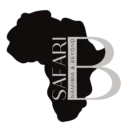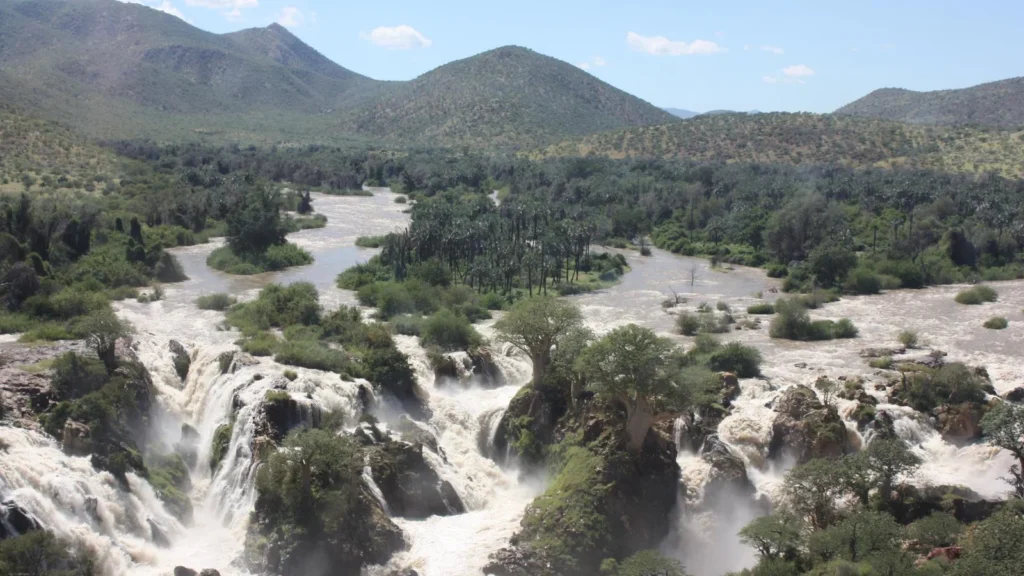




Duration
11 days
Tour Type
Self Drive Safari
Overview
The Keen Hiker is ideal for the active and adventurous.
Very similar to the Popular One, you visit the spectacular Namib Desert & Sossusvlei, Skeleton Coast & Swakopmund as well as the hidden gems of Damaraland, before making your way to Etosha National Park for an amazing wildlife experience and end your trip at the AfriCat Foundation in Central Namibia.
Overnight hiking trails take place in the Namib Rand Nature Reserve and remote Damaraland.
Included/Exclude
- Accommodation & Hiking / walking trails – subject to availability
- Meals as mentioned
- Activities as mentioned
- 4×4 Car Hire (GPS, unlimited mileage, tyre & windscreen insurance, 2nd spare tyre)
- Return airport transfers
- Travel package & digital travel documents
- Meet & greet on arrival
- 24/7 emergency assistance
- Tips
- International air (to and from Africa)
- Air transportation, accommodation, meals & drinks not specified
- Tips / gratuities at all meals, lodge staff, drivers, pilots, guides, rangers & trackers etc.
- Personal items such as beverages, laundry, telephone calls, room service – unless specified as included
- Day use of room on arrival and departure from all properties. Generally, check-in is from 14h00/15h00 and check-out is by 10h00/11h00
- Visas
Tour Plan
Day 1 To Day 2 - Windhoek
Situated in Central Namibia, the cosmopolitan city of Windhoek serves as the capital of the country. It is home to an international airport and a plethora of restaurants, shops, entertainment venues and accommodation options. The city is clean, safe and well-organised, with a colonial legacy that is reflected in its many German eateries and shops, and the widespread use of the German language. Windhoek has an interesting mix of historical architecture and modern buildings, many of which are worth a look, including the Alte Feste an old fort, the 1896 Christuskirche Christ Church, and the more contemporary Supreme Court.
Day 2 To Day 3 - Keetmanshoop
Set on the Trans-Namib Railway in the ǁKaras region of southern Namibia, the town of Keetmanshoop is known as the capital of southern Namibia. Founded in 1860, the quaint oasis is a living slice of history. German colonial architecture is dotted around the town and the local museum, housed in an old church, provides interesting insight into the town’s heritage. Just a short drive out of town, the Quiver Tree Forest is a sea of spikes and twisted trunks, while the neighbouring ‘Giant’s Playground’ is an evocative expanse of strange rock formations. Both offer superb opportunities for photography, particularly at sunset.
Day 3 To Day 5 - Luderitz
Sandwiched between the rugged and stark Atlantic Coast and the arid desert of Namibia, the town of Luderitz is located in an incredible unique geographical setting. This seaside town is something of an anomaly frozen in time – a piece of 19th-century Bavaria bordering the pinkish sand dunes of the Namib Desert. Lutheran churches, German bakeries, and colonial buildings boasting German art nouveau architecture are dotted about the settlement, while its windswept beaches are home to flamingos, ostriches, seals, and penguins. The nearby ghost town of Kolmanskop, which has been taken over by the desert dunes, is another fascinating must-see attraction, located approximately 10 kilometres from Luderitz central, along with the herd of wild desert-adapted horses near the small town of Aus.
Day 5 To Day 7 - Sossusvlei
Located in the scenic Namib-Naukluft National Park, Sossusvlei is where you will find the iconic red sand dunes of the Namib. The clear blue skies contrast with the giant red dunes to make this one of the most scenic natural wonders of Africa and a photographer’s heaven. This awe-inspiring destination is possibly Namibia’s premier attraction, with its unique dunes rising to almost 400 metres – making them some of the highest in the world. These iconic dunes come alive in morning and evening light and draw photography enthusiasts from around the globe. Sossusvlei is home to a variety of desert wildlife including oryx, springbok, ostrich and a variety of reptiles. Visitors can climb ‘Big Daddy’, one of Sossusvlei’s tallest dunes; explore Deadvlei, a white, salt, claypan dotted with ancient trees; or for the more extravagant, scenic flights and hot air ballooning are on offer, followed by a once-in-a-lifetime champagne breakfast amidst these majestic dunes.
Day 7 To Day 8 - Swakopmund
Set along Namibia’s spectacularly scenic coast, the seaside town of Swakopmund is known for its wide-open avenues, colonial architecture, and its surrounding otherworldly desert terrain. Founded in 1892 as the main harbour for German South-West Africa, Swakopmund is often described as being more German than Germany. Now a seaside resort town, Swakopmund is the capital of the Skeleton Coast tourism area and has plenty to keep visitors happy. The quirky mix of German and Namibian influences, adventure options, laid-back atmosphere and cool sea breeze make it a very popular Namibian destination. Visitors can look forward to a number of exciting activities including: quad biking, horse riding, paragliding, fishing, sightseeing and fascinating desert tours.
Day 8 To 9 - Spitzkoppe
Situated in Namibia’s desolate, awe-inspiring Namib Desert, between Usakos and Swakopmund and about two hours’ drive from Swakopmund, the Spitzkoppe are a group of bald granite peaks forming one of Namibia’s most recognizable and dramatic landmarks. These enormous towering domes are a mecca for hikers and mountaineers, from beginners interested in guided historic walks to professional climbers seeking an adrenaline boost. Numerous ancient rock paintings can be visited as part of a guided walking tour. The extreme, barren landscapes and striking rock formations create an excellent setting for photography.
Day 9 To Day 12 - Etosha National Park
Situated in northwestern Namibia, the Etosha National Park offers a premier game viewing experience. The park’s diverse vegetation ranges from dense bush to open plains attracting a variety of wildlife. Located in the heart of the park is the Etosha Pan – a shallow depression that covers an area of 5000 square kilometres. Dry and shimmering for most of the year, the pans fill up with water after seasonal rains, making it the perfect habitat for wildlife. In the dry season, the wildlife is attracted to the perennial springs and waterholes that makes for excellent game viewing. Visitors can look forward to world-class game viewing including a variety of large mammals such as lion, elephant, leopard, rhino, zebra, giraffe, a diversity of birdlife such as flamingoes and pelicans.


